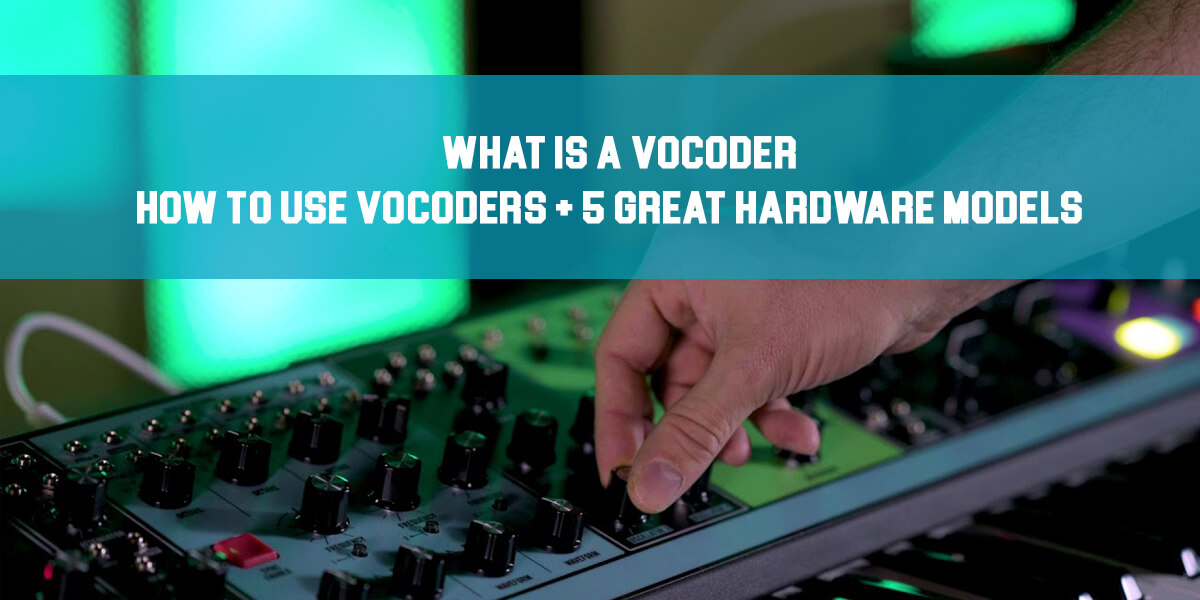Tips For Mastering Hip Hop
Introduction
Hip-hop is a unique genre. Not only does it include a wide range of sub-genres, making it both advanced and diverse, but it also features elements rarely found in other types of music.
These elements—like the focus on spoken word that has evolved into rapping, or the pronounced high and low-frequency ranges—make mastering hip-hop a specialized process.
In other words, mastering hip-hop is unlike mastering any other genre. Knowing how to master hip-hop means understanding the style itself, what listeners expect, and how to deliver on those expectations.
Unlike other genres, you may find yourself pushing the limits of speaker systems when mastering rap, always searching for the balance between an aggressive, desirable sound and unwanted distortion.
With that in mind, we’ll look at the expected frequency spectrum of a rap master, how to push your master’s boundaries without causing distortion, how to keep transients intact when mastering rap, and what can happen if you boost your low or high-end too much.
While doing this, we’ll also explore the unique elements of hip-hop music, and how these require special processing when mastering hip-hop tracks.
Because hip-hop can be aggressive, it’s easy to negatively impact a master if you’re not careful. So learning how to master hip-hop correctly is essential. Hopefully, some of the information here will help you make better decisions during the mastering process.
Here are some tips you can use if you’re ready to master your hip-hop track.
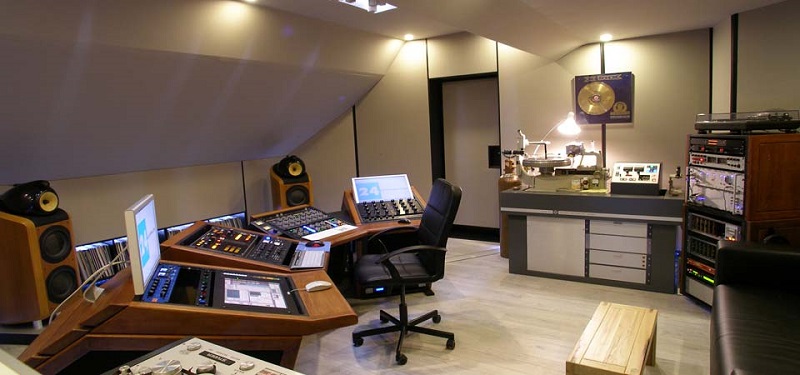
1. Understand the style
Mixing and mastering—in fact, music production of any kind—gets a lot easier when you understand what makes a genre unique. Each style has certain musical and sonic elements that define it.
For example, most hip-hop songs feature an extended low end and crisp highs (think those sharp trap hi-hats) along with rap vocals that are usually dry. Typically, hip-hop tracks have boosted highs and lows, so it’s important to notice and respect these features when mastering.
Knowing what hip-hop should sound like also comes with its own challenges—having such a strong low end can create issues with compression, limiting, and loudness, since the bass takes up so much energy in the mix. But don’t worry, we’ll cover how to handle this a little later on.
2. Transient Management
Transients are the brief, momentary peaks in a signal that occur at the start of any sound. We often associate transients with drums, especially the kick and snare. However, other instruments like piano, guitar, and bells also have their own unique transient characteristics.
In hip-hop and pop music, transients play a key role in defining and clarifying the rhythm. You can control a song’s transients by using a compressor. By adjusting the attack and release settings, you can change how the transients are emphasized. For example, if you want the kick drum to sound punchy, you might set a faster attack time to keep more of its original frequencies.
When setting compression values, remember the importance of ADSR characteristics in the sound. ADSR stands for Attack, Decay, Sustain, and Release.
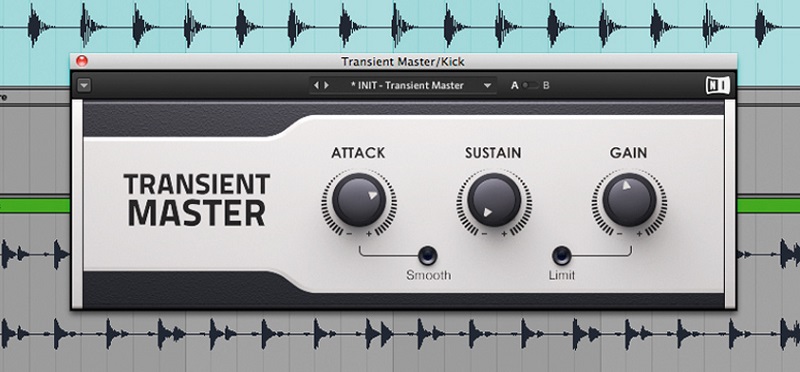
3. Warmth Via Analog Compression
Now that we’re well into the digital age, many mastering studios have shifted to using mostly digital tools. A lot of new music producers rely on software programs, mastering plugins, and even handy automated solutions.
Still, the sound of analog gear—which can add subtle harmonic saturation—remains a valuable way to create music that’s both enjoyable and commercially appealing. One of the most effective ways to achieve analog warmth and character is through compression, and with so many different types of compressor circuits, there are plenty of tonal options to choose from.
A fantastic design for mastering is the variable mu (gain) circuit. This type of compressor uses tubes to create compression, and it doesn’t have a fixed ratio for gain reduction—hence the name variable mu. As the incoming signal gets louder, the compression ratio increases, which helps give this type of compressor its famously smooth sound.
Thanks to their gentle character, variable mu compressors are often used in mastering chains to add “glue” to a mix. Iconic models like the legendary Fairchild 670 or the Manley Vari-Mu have become staples for adding analog warmth.
4. Mastering Tip for Sampled Hip Hop
When you use samples in your tracks—like beats or instrument loops—some of the mixing work is already done for you, since these elements are already somewhat mixed. However, within the context of your own track, you might need to make some adjustments, especially if you’ve pulled samples from a variety of different sources.
Use EQ and compression to help all your samples sound like they belong together in the same track. This doesn’t mean making everything sound identical, but you should aim to avoid the feeling that your samples were taken from a bunch of different records, even if they actually were.
Using pre-recorded samples can also affect the soundstage and texture of your track, so keep these factors in mind as you mix.
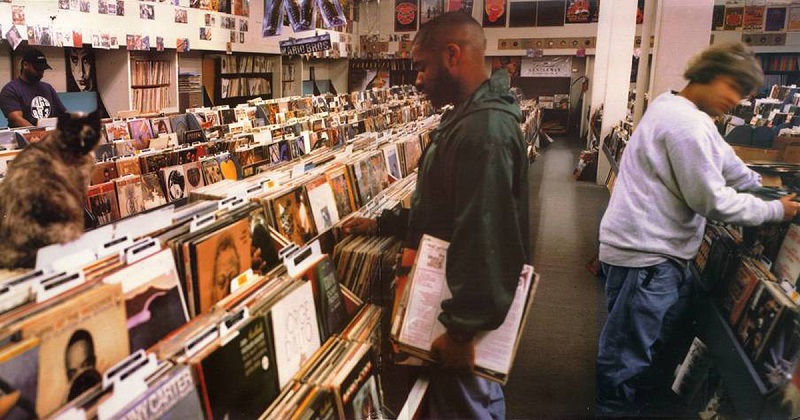
5. Use reference track
If you’re just starting out with mastering, it’s always a good idea to have a reference track. A reference track is simply a song that you want your master to sound like, sonically. When picking a reference track, focus on both the quality and the style that matches your own track.
Try to choose a reference track that has similar instruments and frequency elements as the one you’re mastering. This way, you’re not aiming for something unrealistic or impossible to achieve.
There are plenty of tools out there, like iZotope’s Ozone 9 Advanced, that make it easy to A/B your master against your reference track. We highly recommend checking it out—the Tonal Balance Control feature, in particular, is a real game-changer.
6. Harmonic Consciousness
Hip-hop and pop songs usually have a rich harmonic balance across their entire frequency spectrum. This results in a sound that feels powerful, clear, and present. Before you start working—unless it’s your own music—make sure to discuss the creative direction of the project with the artist, producer, record label, or whoever hired you.
Using innovative techniques that target specific harmonics helps give the music you’re working on its unique character. For example, you can add subtle distortion to the mid-high frequencies to enhance the sense of vocal presence.
To shape a song’s harmonic texture, use distortion and saturation tools. The difference between saturation and distortion comes down to how many harmonics are added or changed. Saturation creates a gentle effect on the signal, while distortion adds and alters harmonics in a more intense way—almost like a controlled kind of clipping.
If you use these tools correctly, you can increase the perceived loudness of a track without actually raising the volume. However, remember that in hip-hop and pop music, clarity is crucial. Be careful when processing audio with these tools, as it’s easy to ruin your sound if you overdo it.
A compressor is another useful tool for controlling dynamics and enhancing lower harmonics without changing the audio signal through distortion or saturation. Plugins like the Weiss Maximizer include a dry/wet knob that lets you balance the original and processed signal. Experiment with these features to add more natural harmonics to your music.
7. Delicate Stereo Imaging
Another useful tool in mastering is stereo image processing. As with most mastering techniques, a little goes a long way. Stereo imaging can help your mix sound tighter by narrowing the low-frequency information or create a sense of width by expanding the upper-mid and high frequencies.
When using imaging tools for hip hop, subtlety is key. You might want to widen the high frequencies a bit, but be careful not to make the high-mid frequencies too wide. Overdoing this can pull the vocals and snare drum away from the center, which you want to avoid.
No matter how you use stereo imaging tools, always make adjustments in small steps. Trust your ears and use phase meters to check how much processing you’re applying. Pay close attention to how clear and strong your center image remains.
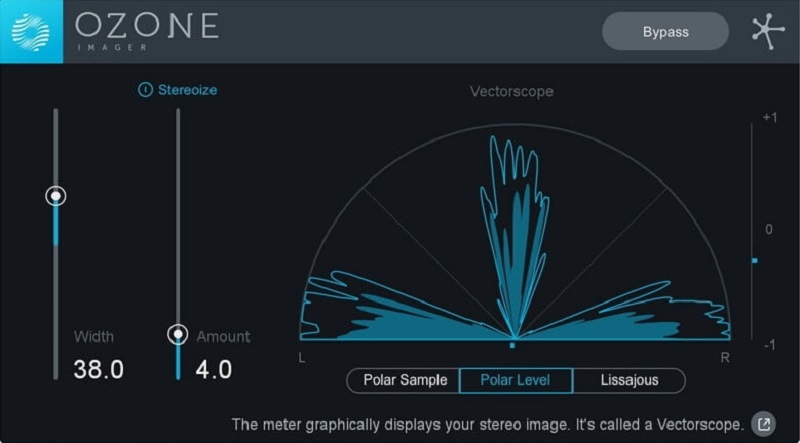
8. Mastering for Vinyl
If you’re mastering modern pop and hip-hop music for vinyl, there are several technical details you need to understand and internalize.
Sibilance
A key trait that connects today’s pop and hip-hop is the clarity in the higher frequencies. High sibilance can cause distortion on vinyl, so it’s important to control it. Using a de-esser on your upper frequencies will help you avoid harsh sibilance. Our favorite de-esser is the Eiosis E2de-esser.
LFE Stereo Area
A wide stereo image in the low frequencies of your track can lead to serious playback issues on vinyl. Your songs might skip at certain spots or even fail to play altogether.
Modern hip-hop and pop often feature very prominent bass, and technology has made it easier to get creative with those sounds. However, this can be risky for mixing and mastering engineers, who need to tidy things up before the music goes to vinyl.
To prevent these problems, keep an eye on your stereo image, especially in the low end, as described in the Mastering in Mono section above.
Mastering your hip-hop or pop tracks can seem intimidating when you compare them to the sonic quality of hit songs by artists like Drake or The Weeknd. However, by using these artists’ tracks as references, you can aim to recreate their clarity and stereo image, learning what makes them sound so polished.
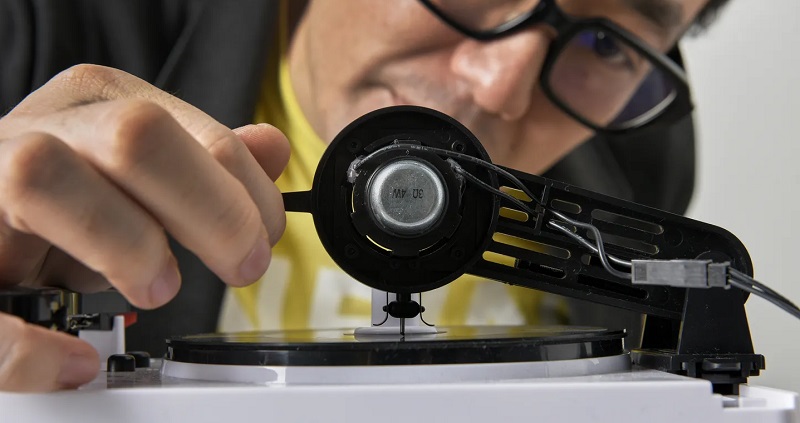
Conclusion
Mastering is a complex process, and when you’re learning any advanced skill, having reliable methods and ideas to fall back on can make your life much easier. Use these 8 tricks to streamline your workflow and ensure you’re always working with high-quality material that won’t deceive your ears. Mastering is full of subtle details, so you want to give your ears every possible advantage.
Notice that none of this involves complicated effect chains or strange tricks—when it comes to mastering, simpler almost always sounds better. Focus on making a handful of great choices instead of a bunch of mediocre ones. Your effect chain should usually be four or five plugins long; that’s much shorter than the 10+ plugins many less experienced producers use!
Always stick to a small effect chain. If you can’t, there are probably obvious EQ or compression problems that need to be fixed in the mix before you can properly finish the mastering process. Be patient, because mastering is mainly about listening. Small adjustments affect every part of the mix, and every tweak matters.
If you have any more tips for mastering hip hop, or if you want to ask the community for more advice, feel free to head over to the comment section!

